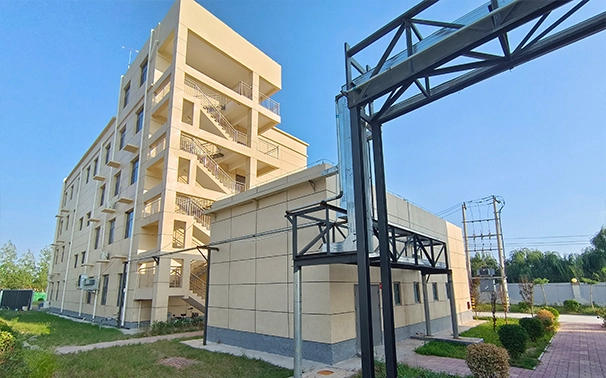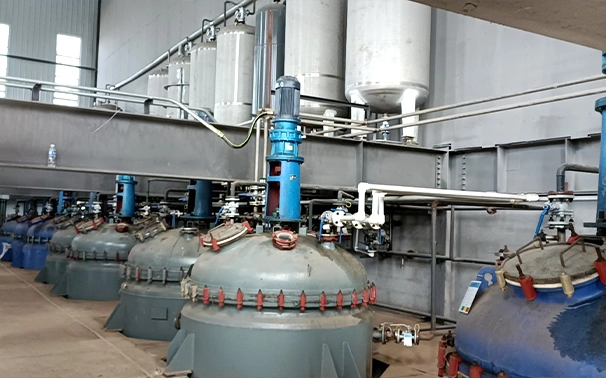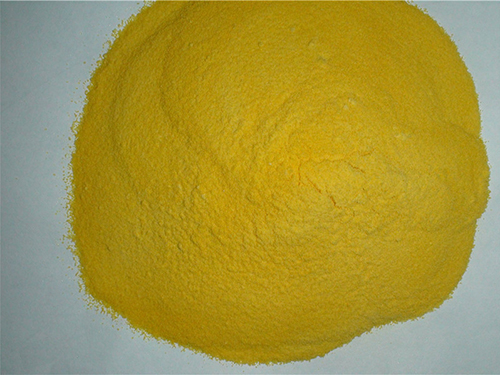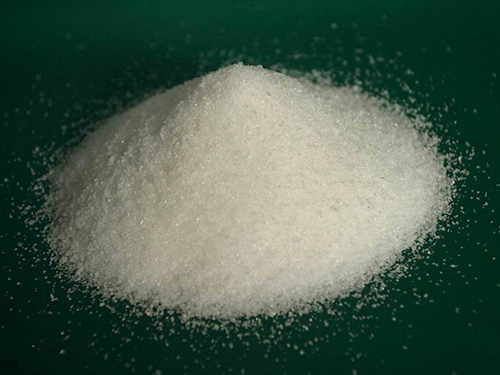Flokulant, tooted
Flocculants play a vital role in modern water treatment processes, offering a practical common flocculant solution for removing suspended solids and reducing turbidity in water. Through the process of flocculation, these chemicals cause fine particles to aggregate into larger, heavier clusters—commonly known as flocs—which can then be removed through sedimentation or filtration. This makes flocculants indispensable in a wide variety of settings, from municipal wastewater treatment plants to industrial operations such as textile production, paper mills, and mining wastewater systems. Commonly used flocculant chemicals include polymer flocculants, poly aluminum chloride (PAC), and poly acrylamide (PAM). Each is engineered to address different water conditions and contaminant types, offering flexibility across applications ranging from heavy sludge removal to fine particle clarification.
When looking for a flocculant for sale, it’s crucial to consider the intended use and operating environment. For instance, flocculants for wastewater treatment must be strong enough to handle high concentrations of organic matter, metals, or oil-based pollutants. In contrast, pool water flocculants are designed to be gentler, targeting suspended dust, algae, or cosmetic residue without disturbing pH balance. Another important aspect is the interaction between coagulants and flocculants—these chemicals often work as a two-step system: coagulants neutralize the electrical charges that keep particles dispersed, and flocculants bind the neutralized particles together into larger masses that are easy to remove. The effectiveness of flocculation depends on water conditions such as pH, temperature, and pollutant load, and selecting the appropriate type of flocculant ensures optimal results.
Additionally, chemical safety cannot be overlooked. Take poly acrylamide as an example: while its monomer form (acrylamide) is toxic, the polymerized version used in water treatment is stable and safe under recommended conditions. This makes it essential for users to source flocculants from reputable suppliers who prioritize quality control and regulatory compliance. Ultimately, whether you're treating industrial effluent or simply aiming to clear cloudy pool water, the right flocculant not only enhances water clarity but also contributes to sustainable environmental practices.
-
Vee kvaliteet pärast PAC-ga puhastamist on parem kui alumiiniumsulfaadil flokulant , ja vee puhastamise hind on madalam; helvete moodustumine on kiire, settimiskiirus kiire
-
Polüakrüülamiid (PAM) on vees lahustuv polümeer ja ei lahustu enamikus orgaanilistes lahustites. Sellel on head flokulatsiooniomadused ja see võib vähendada vedelike vahelist hõõrdetakistust.
Which Types of Flocculant Is Best for Wastewater Treatment?
Choosing the right flocculant for wastewater treatment is critical for achieving efficient separation of impurities and ensuring regulatory compliance. The ideal flocculant varies depending on the composition of the wastewater and its source. For example, oily or grease-laden wastewater—commonly found in food processing or petrochemical plants—responds best to cationic polymer flocculants, which effectively bind to negatively charged oil particles. On the other hand, industrial effluents from dyeing or textile operations often contain colorants and suspended particles that are better treated using anionic polyacrylamide flocculant or poly aluminum chloride (PAC), both of which help neutralize and settle out color pigments and colloidal matter. Understanding the nature of flocculation in water purification is essential to optimizing treatment efficiency and reducing chemical consumption.
At Longke Water Treatment Co., Ltd., we provide scientifically tailored types of flocculant solutions developed through rigorous lab testing. Our in-house chemical analysis lab evaluates key water quality indicators—including turbidity, suspended solids, and chemical oxygen demand (COD)—before any flocculant is recommended. This ensures our clients receive a solution that is not only effective but also cost-efficient. Our products have proven success in a wide range of industries including textile, chemical manufacturing, paper production, and food processing. Among our offerings, polyacrylamide for sale is especially popular for its strong molecular bonding, high molecular weight, and fast sedimentation properties. This results in faster clarification and more compact sludge formation, ultimately lowering disposal costs. For clients who prioritize both environmental responsibility and performance, our flocculant solutions represent the perfect balance of innovation and reliability in modern flocculation in water purification practices.
What Is the Difference Between Coagulants and Flocculants?
Coagulants and flocculants play distinct yet interconnected roles in the water treatment process, each essential for achieving effective clarification. Coagulants, such as aluminum sulfate or PAC (Poly Aluminum Chloride), are primarily used to neutralize the electrical charges on suspended particles in the water. Many contaminants in raw water carry a negative charge, which causes them to repel one another and remain dispersed. By introducing a coagulant, these charges are neutralized, allowing the fine particles to destabilize and begin to aggregate. This step is critical in removing turbidity and organic matter that would otherwise be difficult to filter out. Without proper coagulation, downstream treatment stages may suffer from poor efficiency, leading to substandard water quality.
Once coagulation has successfully neutralized and destabilized the particles, flocculants take over. These are typically long-chain polymers, such as poly acrylamide, which act like a net to bind the destabilized particles together into larger clumps called “flocs.” These flocs can then be easily separated from the water through sedimentation or filtration. In practice, the water treatment process follows a well-defined two-step sequence: coagulation first, flocculation second. This sequential approach ensures optimal particle removal and maximum clarity. Longke provides both high-quality coagulants and flocculants, along with professional guidance to help clients determine the correct combination and sequence for their specific treatment needs. Utilizing only one of the two agents may lead to ineffective treatment or residual turbidity in the water. That’s why Longke’s advanced dynamic simulation experiment lab is invaluable—it helps clients fine-tune the right dosage and combination through real-time testing. This scientific support ensures not just compliance with water quality standards, but also cost-effective and sustainable operation. Whether you’re treating industrial wastewater or municipal drinking water, understanding and correctly applying coagulants and flocculants is key to achieving clean, clear, and safe results.
How to Use Flocculant in a Pool?
Using flocculants in pool maintenance is an effective solution for dealing with persistent cloudy water that won’t clear up with standard filtration alone. Tiny particles like dust, oils, and organic matter often pass through pool filters unnoticed, making water look dull or murky. A pool flocculant, such as aluminum sulfate or a specialized low-toxicity polymer, works by binding these microscopic particles into larger clumps, or “floc.” Once formed, this floc becomes heavy enough to sink to the pool floor, where it can be easily removed. It’s important to turn off your pool pump during this process—circulating water too early can prevent the floc from settling properly. Longke advises pool owners, especially those maintaining residential pools, to opt for gentle polymer-based flocculants that pose less risk to skin or equipment. These are particularly useful in cases following heavy rain, high swimmer load, or chemical imbalance when traditional methods fail.
Typically, flocculants take effect overnight, allowing you to vacuum the settled debris manually the next morning. This process requires your pool to be in recirculation mode initially for proper distribution, then off to allow settling. After vacuuming, your water clarity is usually dramatically improved, returning that crystal-clear, inviting look to your pool. It’s not necessary to use flocculants frequently—think of them as a last resort, not part of your weekly routine. Overuse can burden your filtration system and potentially disrupt chemical balance. Longke’s recommendation for occasional use helps avoid these issues while still delivering fast, visible results when you need them most. By following proper application techniques and using high-quality, low-toxicity formulations, flocculants can restore water clarity quickly and safely—making your next swim not only enjoyable but refreshingly clear.
Is Flocculation Good or Bad?
When it comes to water treatment, flocculation is not just good—it’s essential. As a key process in both industrial and municipal water purification, flocculation helps remove suspended particles, making water safer and clearer. At its core, flocculation involves the aggregation of fine particles into larger clumps (flocs), which can then be easily removed by sedimentation or filtration. This process is especially vital in a flocculation plant, where it works in tandem with water coagulation and flocculation to eliminate dirt, organic matter, and even microscopic contaminants. Far from being harmful, flocculation is a science-backed solution that supports public health, environmental protection, and efficient water management.
The benefits become even more apparent when considering the right flocculant material. High-quality organic flocculants are engineered to work efficiently while being environmentally friendly. These materials are not only effective in treating industrial wastewater but are also used as flocculants for drinking water, ensuring that what flows from our taps meets the highest safety standards. With growing concerns over water purity and sustainability, the demand for reliable drinking water flocculants continues to rise—and for good reason. Safe, clean, and cost-effective, flocculation makes modern water treatment possible.
For those managing water treatment systems—be it in manufacturing, agriculture, or municipal infrastructure—the choice of flocculant for sale can significantly impact outcomes. Investing in the right flocculant ensures faster sedimentation, reduced chemical consumption, and clearer water output. Today’s leading flocculant materials are designed to work under diverse water conditions, including varying pH levels and temperatures, making them versatile for different environments. Long-lasting and efficient, these organic flocculants provide a high-performance solution that aligns with global environmental and safety standards. Whether you're treating river water for a town's supply or managing wastewater from a production facility, the right flocculant for drinking water not only ensures compliance with regulations but also builds trust with consumers. It's not just about removing dirt—it's about guaranteeing quality. With advanced formulations now readily available, there’s never been a better time to purchase effective flocculants for sale. Choose the cleaner path—flocculation isn’t just good, it’s essential for a healthier future.
What Happens If I Use Too Much Flocculant?
If you’ve ever noticed your pool cloudy after flocculant use, you’re not alone—and it doesn’t necessarily mean you’ve ruined anything. In fact, this cloudiness is often just part of the natural flocculation process. When using flocculant in swimming pool water, especially for the first time, it’s easy to think more is better. However, overdosing with flocculant can overwhelm the filtration system, suspending tiny particles that would otherwise settle. This can lead to hazy water or reduced visibility, but the good news is that it’s a temporary issue and easy to fix with proper filtration and vacuuming. The science behind water coagulation and flocculation is all about bonding together the microscopic contaminants that traditional filters might miss. When dosed correctly, the flocculant grabs hold of those fine particles and forms clumps (called flocs) that sink to the bottom, making them easy to vacuum out. But too much flocculant can result in excessive or floating floc, slowing the process and stressing your pool system.
That said, organic flocculant options have become a game-changer for pool owners who want effective, eco-conscious treatment. These bio-based alternatives are less likely to cause cloudiness or system overload and still deliver excellent results in clearing murky water. Choosing the right flocculant for sale—and following the manufacturer’s dosing instructions—can transform your water from cloudy to crystal-clear within hours. So if you’ve had a mishap, don’t worry: a few adjustments in dosage and filtration cycles can get your pool back in shape. More importantly, this experience shows how powerful and useful flocculants are when used correctly. With a bit of guidance, even a minor overdose turns into a learning opportunity and a step toward mastering your pool chemistry. Whether you’re prepping your pool for summer or recovering from a party weekend, a high-quality flocculant is your secret weapon for restoring that perfect, sparkling finish. Keep a trusted flocculant on hand and make clear water your new normal.
-
 Understanding Polycarboxylic Acids: Properties, Applications, and Future PotentialPolycarboxylic acids are a versatile group of polymers widely used in water treatment, cleaning products, concrete admixtures, textiles, and even sustainable materials.Loe rohkem
Understanding Polycarboxylic Acids: Properties, Applications, and Future PotentialPolycarboxylic acids are a versatile group of polymers widely used in water treatment, cleaning products, concrete admixtures, textiles, and even sustainable materials.Loe rohkem -
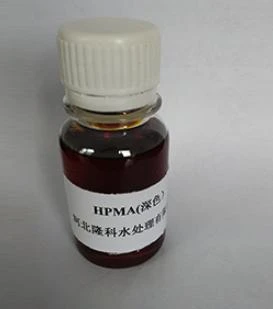 Scale Inhibitor Explained: How to Protect Your System from Limescale and Hard Water DamageIn water systems—from industrial boilers and cooling towers to household appliances—scale is a persistent enemy.Loe rohkem
Scale Inhibitor Explained: How to Protect Your System from Limescale and Hard Water DamageIn water systems—from industrial boilers and cooling towers to household appliances—scale is a persistent enemy.Loe rohkem -
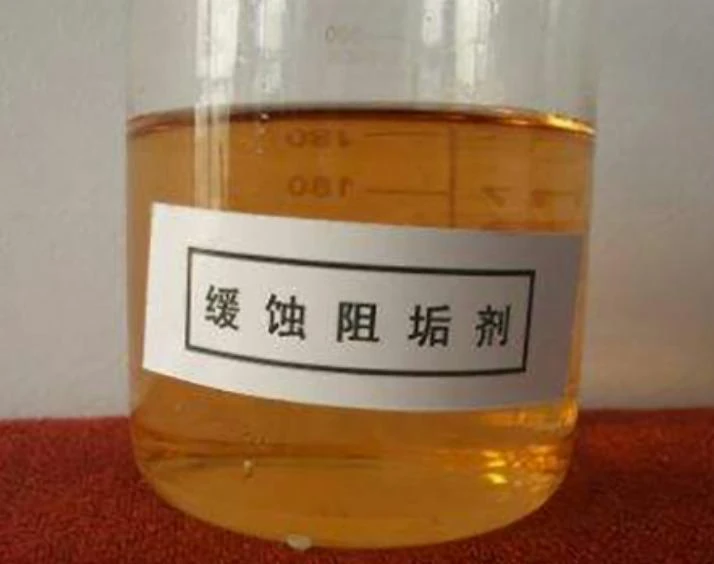 Scale and Corrosion Inhibitors: Essential Chemicals for Industrial Water System ProtectionIn industrial water systems—cooling towers, boilers, heat exchangers, pipelines, and RO systems—two silent threats can cause serious damage over time: scale formation and corrosion.Loe rohkem
Scale and Corrosion Inhibitors: Essential Chemicals for Industrial Water System ProtectionIn industrial water systems—cooling towers, boilers, heat exchangers, pipelines, and RO systems—two silent threats can cause serious damage over time: scale formation and corrosion.Loe rohkem -
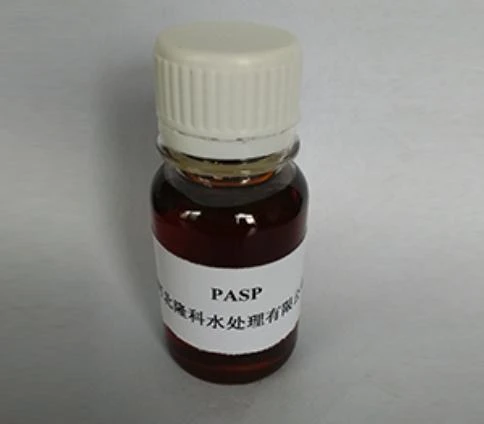 Polyaspartic Acid: A Biodegradable Polymer for Sustainable ChemistryAs industries move toward more sustainable materials, polyaspartic acid (PASP) is gaining traction across sectors—from water treatment and agriculture to coatings and biomedical applications.Loe rohkem
Polyaspartic Acid: A Biodegradable Polymer for Sustainable ChemistryAs industries move toward more sustainable materials, polyaspartic acid (PASP) is gaining traction across sectors—from water treatment and agriculture to coatings and biomedical applications.Loe rohkem







